Intercultural Communication Barriers: A Case Study Analysis
VerifiedAdded on 2023/03/20
|6
|1249
|89
Case Study
AI Summary
This case study report delves into the intricate relationship between language and culture, emphasizing their profound impact on business communication. It begins by outlining the three levels of culture: artifacts and behaviors, espoused values, and underlying assumptions, highlighting how these elements shape organizational dynamics and influence resistance to change. The report then explores the entwined nature of language and culture, demonstrating how language acts as a key indicator of cultural identity and how interacting with a new language exposes one to its associated culture. A significant portion of the case study focuses on intercultural communication barriers, such as language differences, slangs, body language variations, and differing values of time, providing examples and insights into how these factors can lead to misunderstandings. The report also examines the role of negative stereotypes and prejudices in hindering communication. Finally, the case study proposes practical solutions for overcoming these barriers, including learning key phrases, promoting cultural diversity in the workplace, and fostering an open-minded approach to new cultures. The report concludes by highlighting the benefits of cultural diversity in the workplace and its positive impact on business outcomes, such as innovation, marketing, and employee qualifications.
1 out of 6
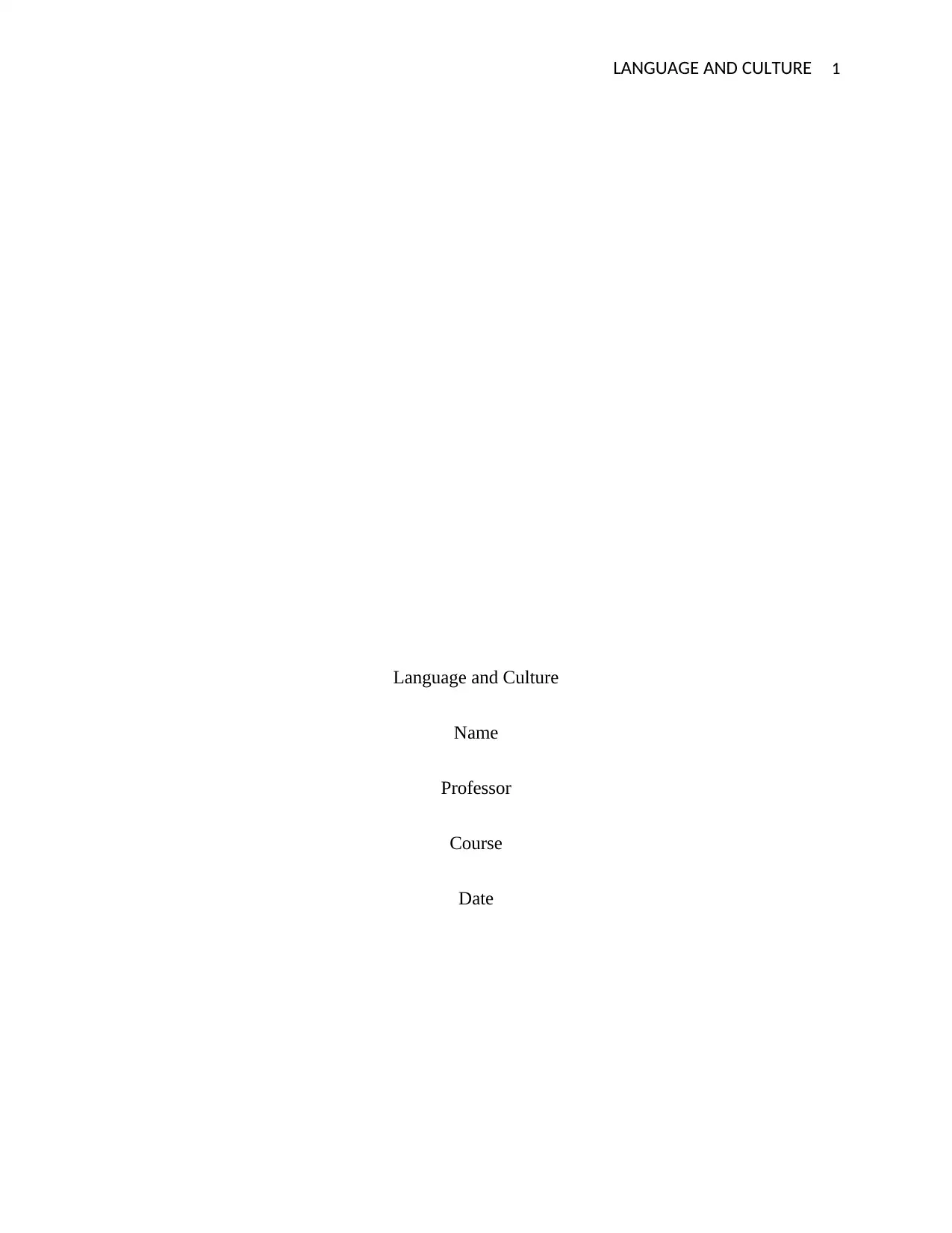
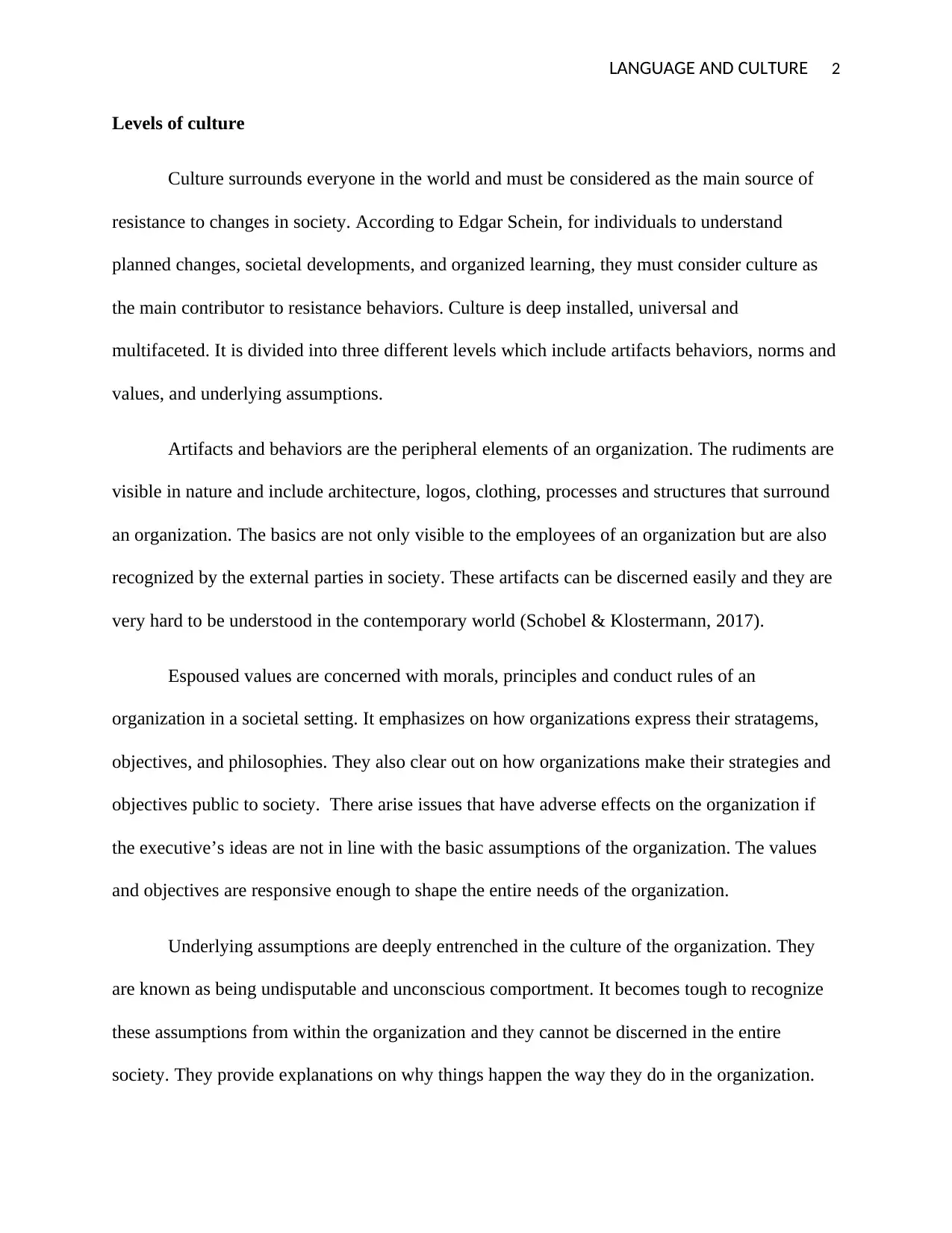
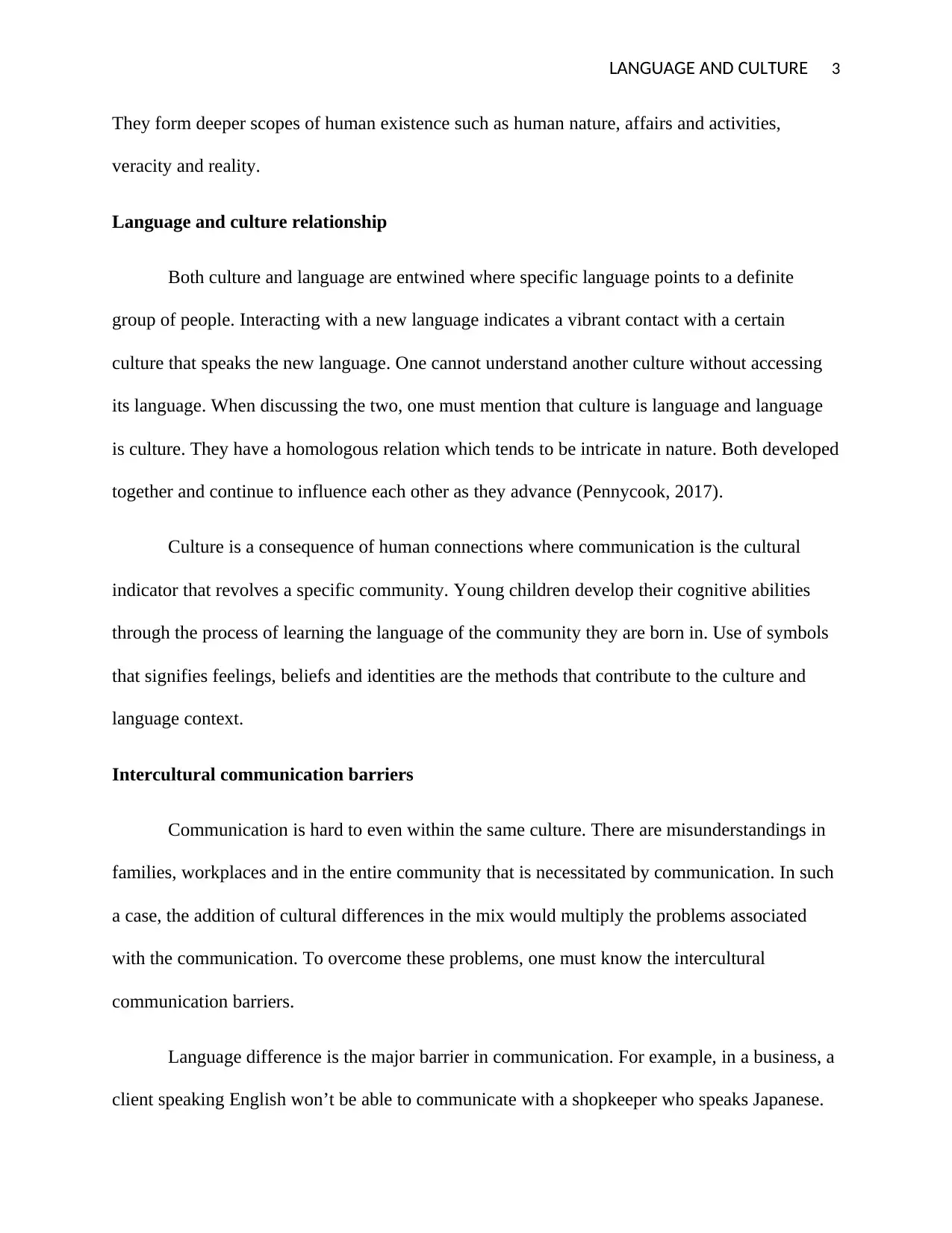

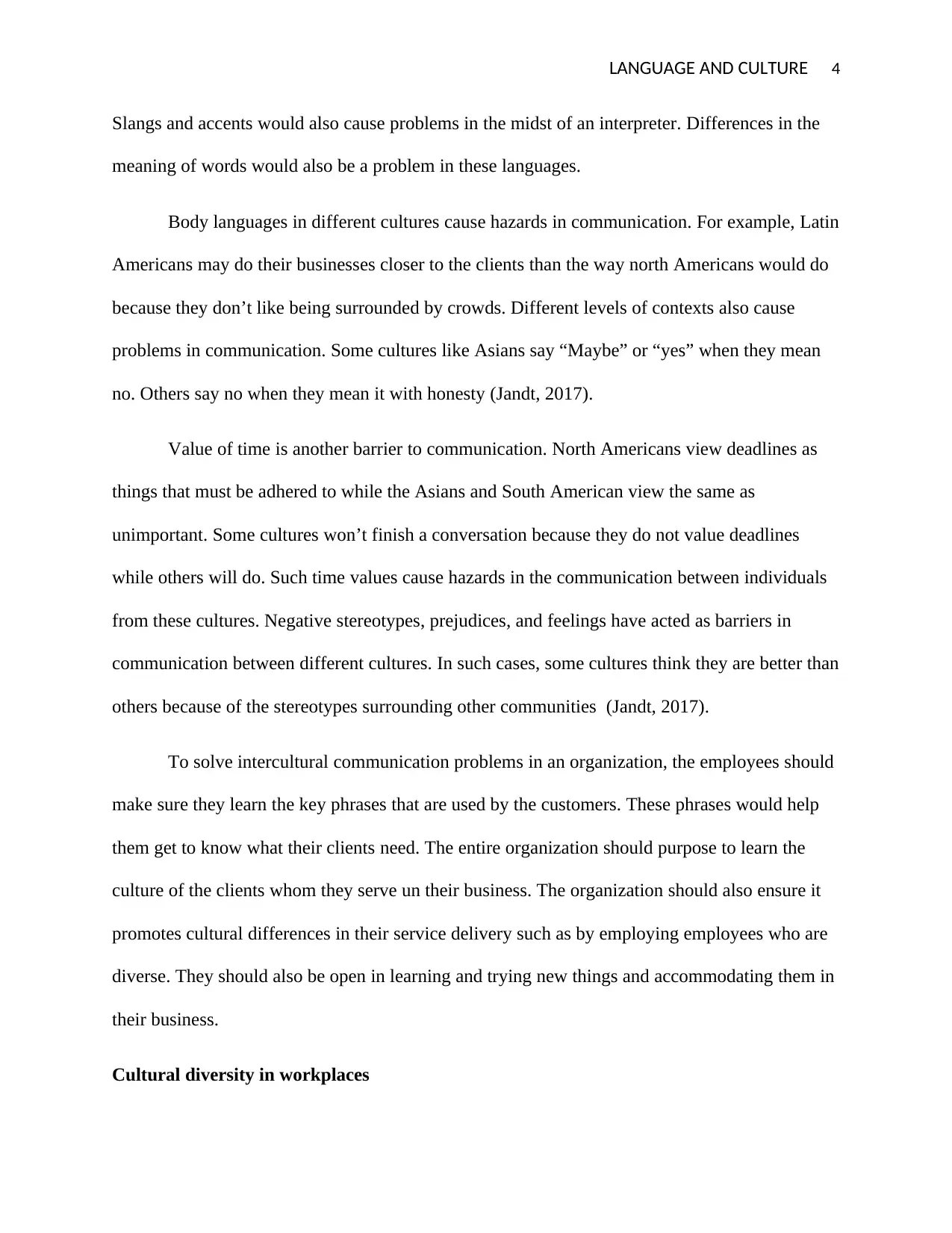
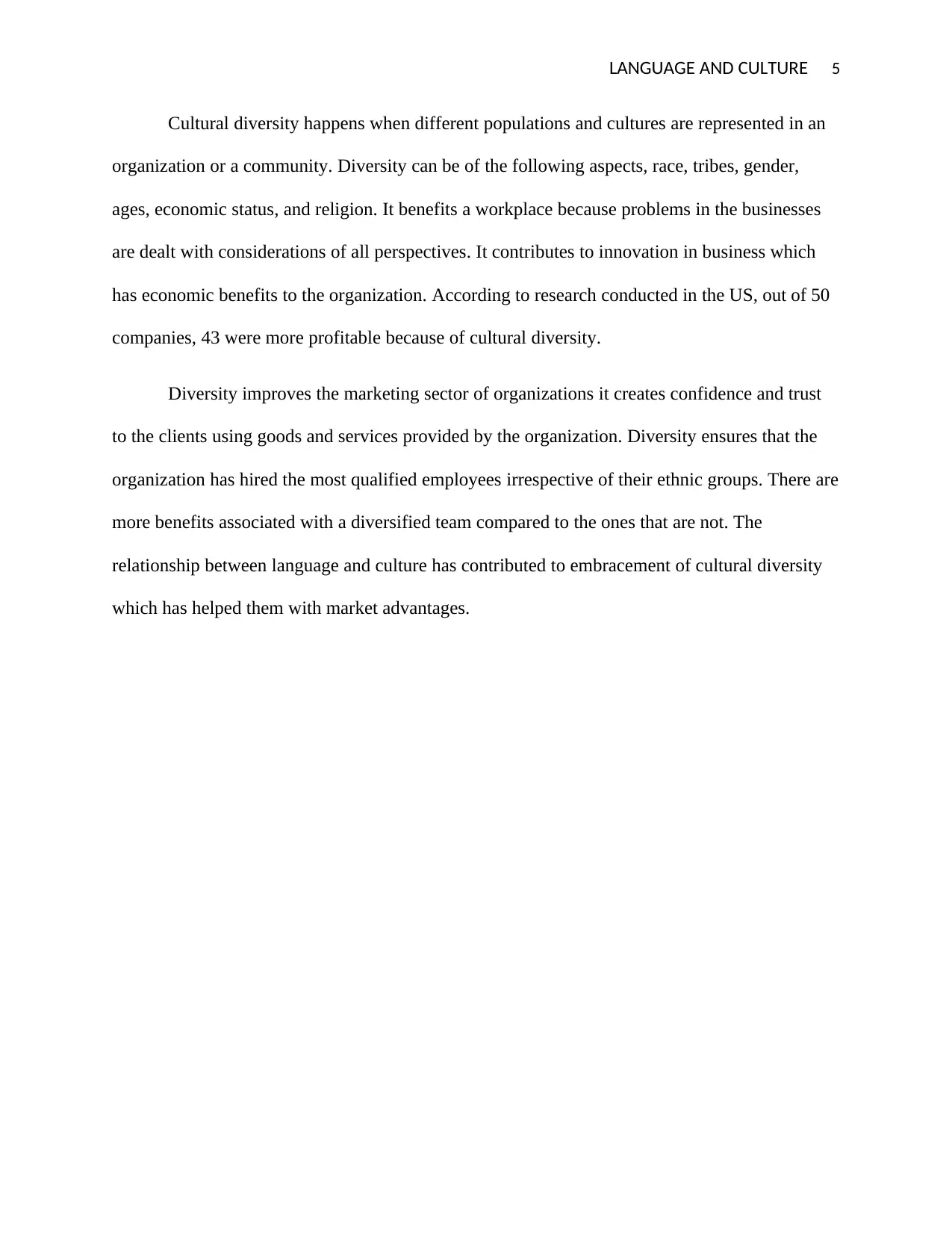
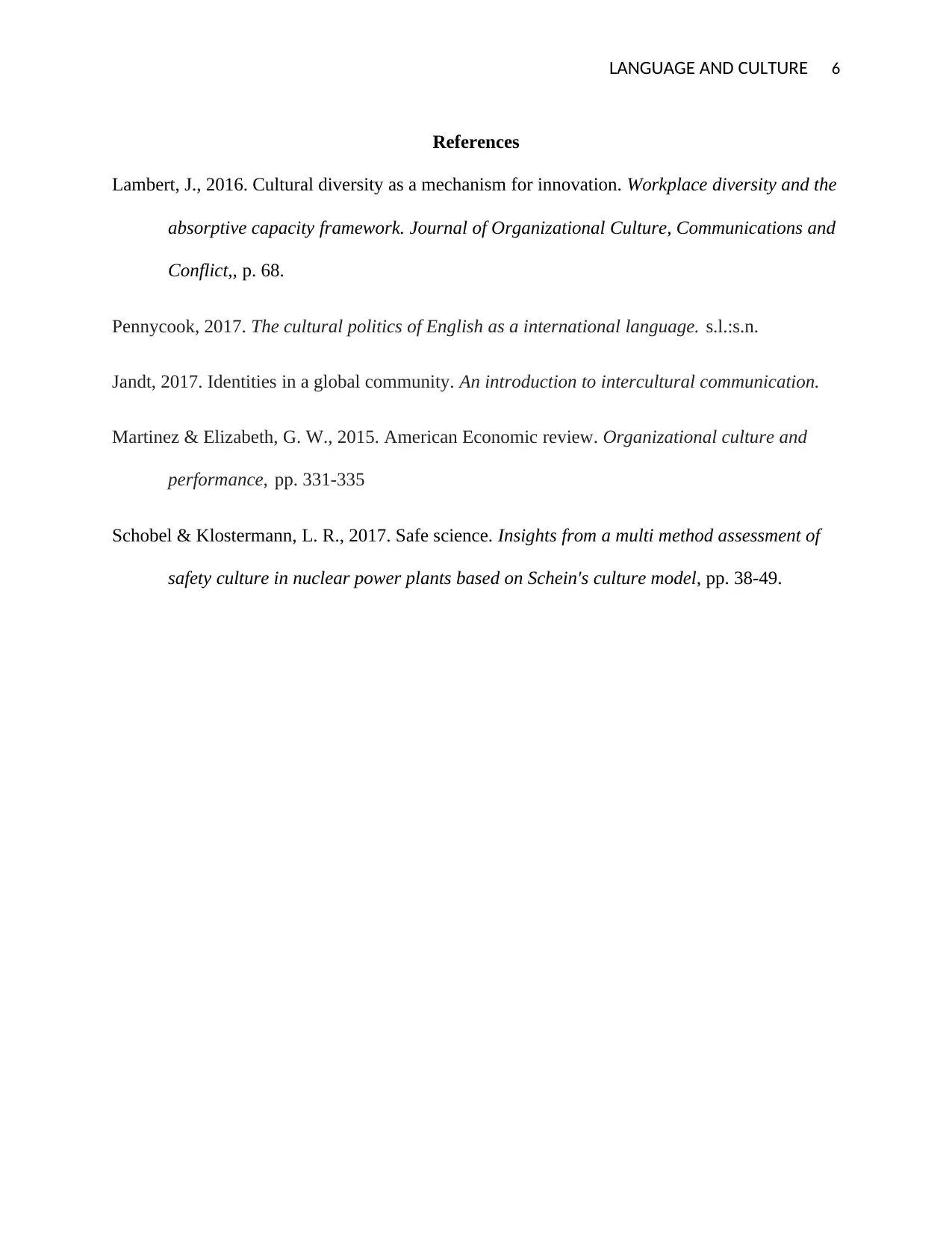






![[object Object]](/_next/static/media/star-bottom.7253800d.svg)